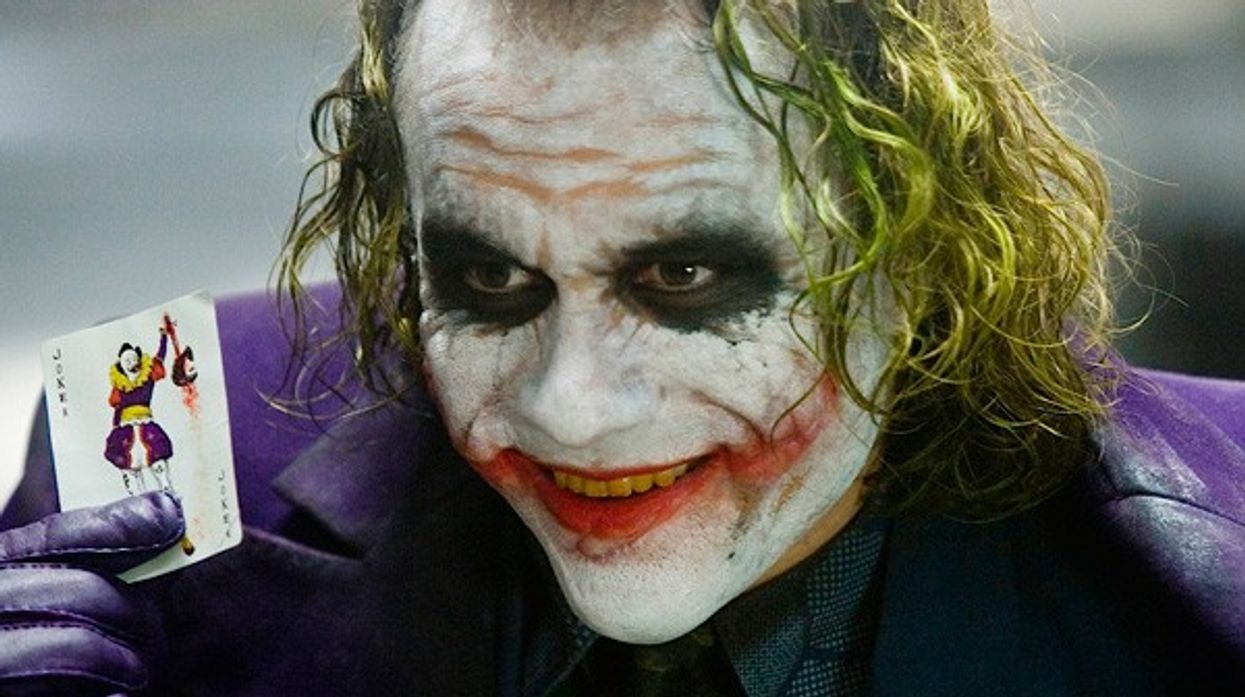When it comes to making good cinema, Christopher Nolan has truly proven he can do it all. With some of the most successful standalone films of the past decade and perhaps the most innovative superhero franchise entry of all time, it's clear at this point that he has a winning structure in place for creating film. What's most interesting about that structure, however, is that it directly mirrors the subject of one of his greatest films.
Like any good writer, Nolan sticks to a three-act structure, but Fandor's latest video essay reveals how he takes a page from the magician's handbook and sets up the plot much like any great magic trick.
"For me, The Prestige is very much about filmmaking," Nolan admits. "It's also intended to suggest to the audience some of those ideas about how the film itself is spooling its narrative out to the audience." The film's structure is predicated on the three part set up of a great magic trick, "The Pledge," "The Turn," and "The Prestige."
The Pledge
As Fandor notes, Nolan's pledge is to work within genres. This way, he is able to set up scenarios that the audience feels it has seen before and therefore anticipate what will come next.
The Turn
The turn comes when the audience's expectations are subverted by something that they did not expect to see within the genre Nolan is employing. As the director puts it, "I like to work on films where the genre is not defined by the most superficial aspects of the piece." Another strategy he employs here is misdirection. He uses morally ambiguous protagonists to keep the audience guessing who's good and who's bad, out-of-order chronology to keep them on their toes, and, of course, narrative twists to dispell anything they thought might be coming down the plotline.
The Prestige
Finally, Nolan is a huge fan not only of the surprise ending, but in creating endings that Fandor describes as containing a narrative and cinematic synergy. Essentially, he looks for a way to have his films' most prominent themes come through as the resolution to his protagonist's journey.
Source: Fandor























